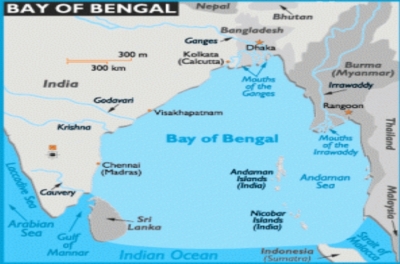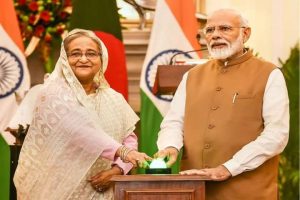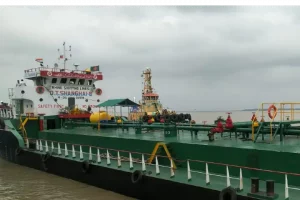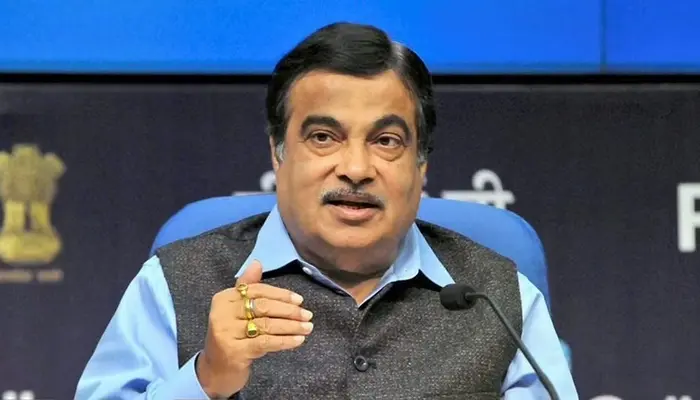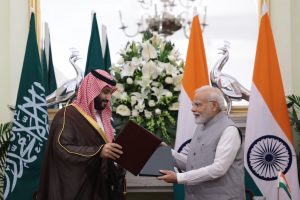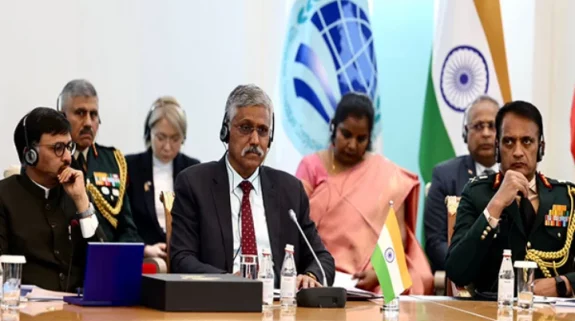At a time when countries are rushing to rechart regional groupings amid the fast-changing geopolitical landscape, India and other member countries must focus on giving wings to the BIMSTEC (Bay of Bengal Initiative for Multi-Sectoral Technical and Economic Cooperation) bloc. The significance of the Bay of Bengal region has risen significantly in the post Covid phase.
An analyst pointed out that most of China-led regional blocs have sprung into action amid the emergence of a new world order.
For India the BIMSTEC bloc will be crucial for the development of its Northeastern region.
“India must take the lead in ensuring the success of BIMSTEC, which is a reflection of the Global South,” he said.
While the BIMSTEC members have agreed to go in for a free trade agreement, the finer details are yet to be worked out. The analyst said that India and other members now need to walk the talk on BIMSTEC.
Last year, Prime Minister Narendra Modi said that “better integration, better trade, better people to people contact, better connectivity” must be the thrust among the BIMSTEC members.
The ambitious Kaladan Multi-Modal Transit Transport Project (KMTTP), jointly identified by India and Myanmar has not got the mush required push with New Delhi pressing the pedal on its execution. The project will be a game changer not only for the littoral nations including Bangladesh, Myanmar and Thailand but also for the land-locked Nepal and Bhutan.
Alternatively the 1,400-km India-Myanmar-Thailand Trilateral Highway is also under construction.
“The US and several other countries are looking at this strategic region. Even as efforts are now on to make BIMSTEC bloc a success, India must act fast to ensure that the regional grouping is resurrected without wasting time, especially now that the SAARC is no more relevant,” Dhanuraj D, chairman, Centre for Public Policy Research, told India Narrative.
The BIMSTEC bloc comprises five nations from South Asia—India, Bangladesh, Nepal, Bhutan and Sri Lanka apart from Southeastern nations- Thailand and Myanmar.
Among the member states of the BIMSTEC bloc, India being the largest democracy and the fast- growing nation among emerging economies, will play a critical role in shaping the roadmap of the grouping even as it is headquartered in Dhaka.
“The good thing is that all the BIMSTEC members are on board and want to see this bloc a success,” Dhanuraj said.
The world’s largest bay, Bay of Bengal is at the heart of the Indo Pacific polity, serving as a key maritime gateway with abundant resources and shipping lines.
Notably, China has been steadily increasing its engagements in the Bay of Bengal region, which India has considered its own backyard. Beijing is also looking for an alternative to Malacca Straits, crucial for China’s trade. That apart, India’s security concerns have increased with the presence of Chinese navy in the region.
According to the Bangkok Post, given the current geopolitical competition between the great powers, the Bay of Bengal is no longer a tranquil area. “It is a strategic crossroads of maritime transportation — a quarter of the world’s traded goods annually cross the bay,” the news organization said.
In July this year, Thailand hosted the inaugural BIMSTEC Foreign Ministers’ Retreat in Bangkok. Thailand also hosted the fourth meeting of the BIMSTEC Transport Connectivity Working Group in March. Held virtually, representatives from all BIMSTEC member states attended the meeting. The previous meeting of the Working Group was held in New Delhi on December 8, 2020.
Bangladesh newspaper the Daily Star noted that as the Indo-Pacific narrative takes centre stage in global discussions, the Bay of Bengal is emerging as a critical region in the competition for control of sea lanes and global trade.
Also read: India steps up rail connectivity with Myanmar in outreach to ASEAN






